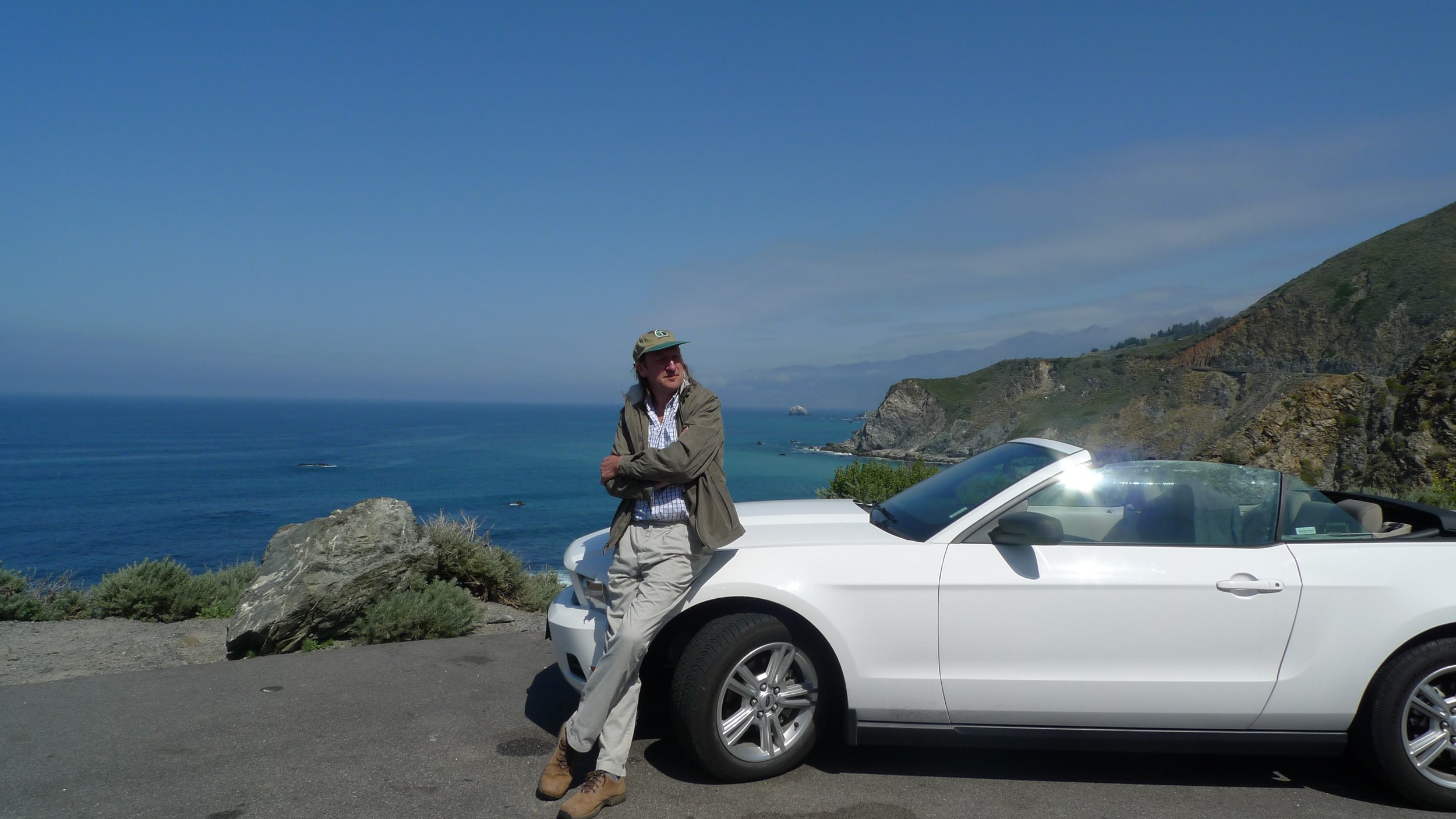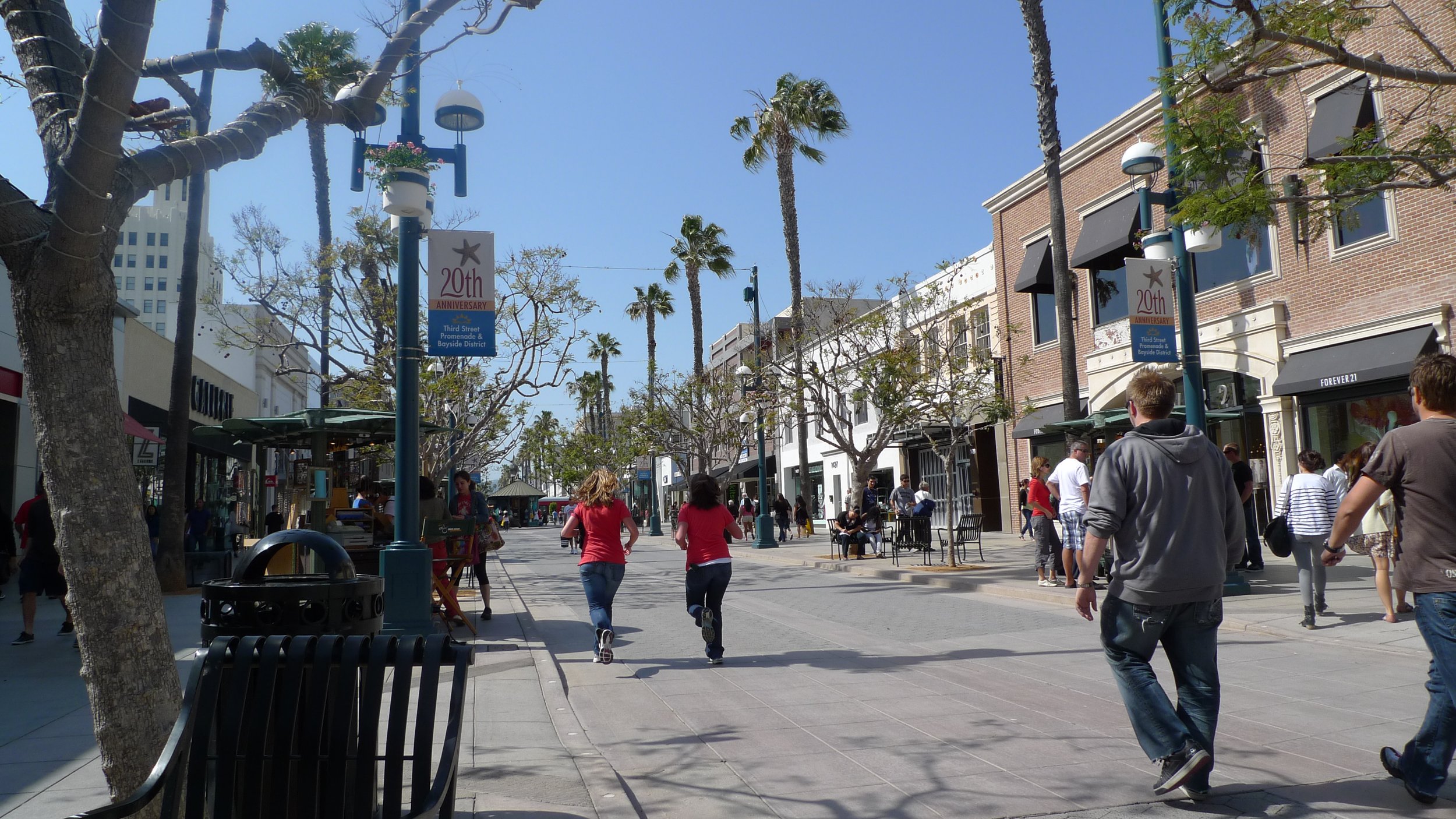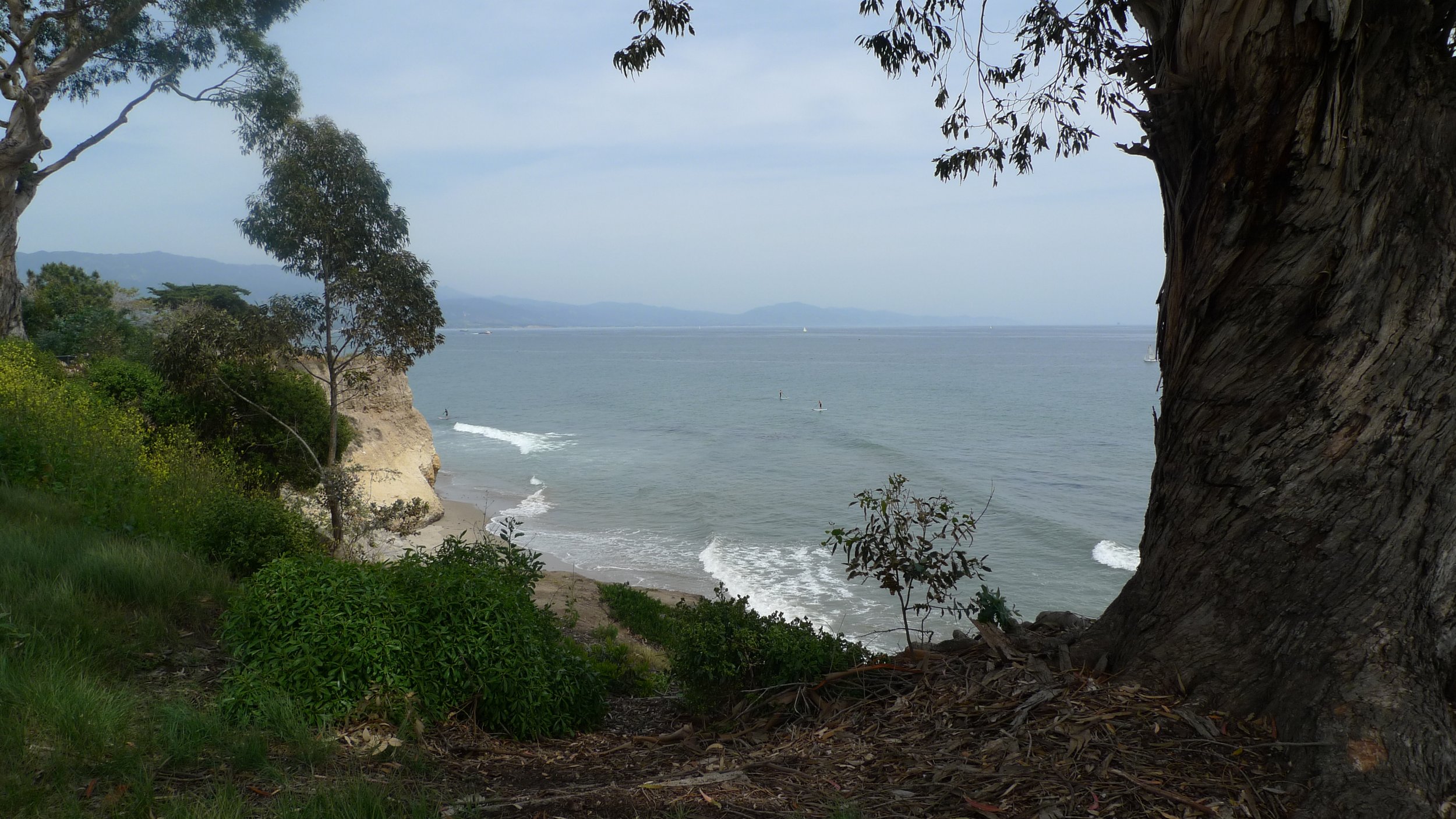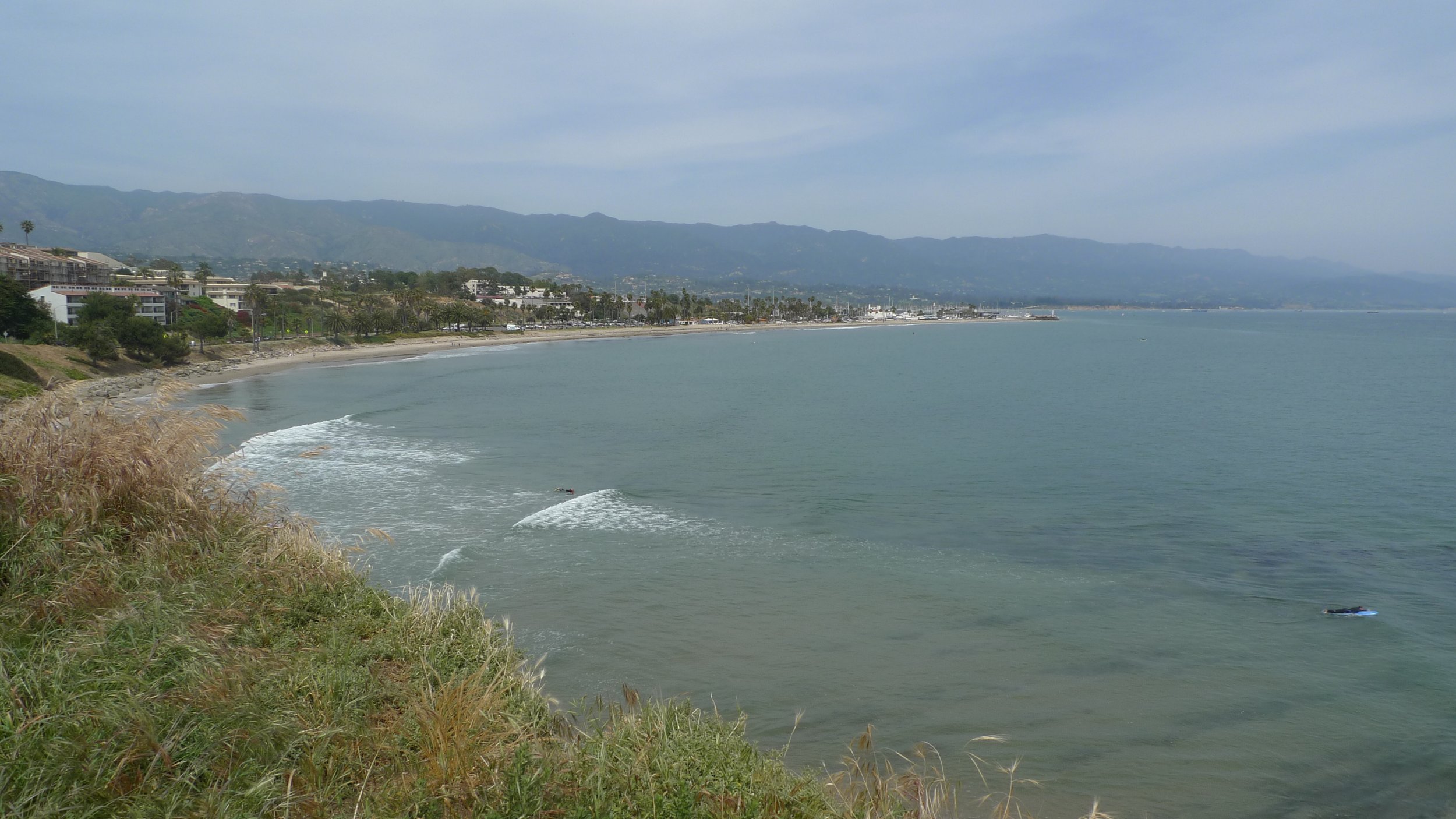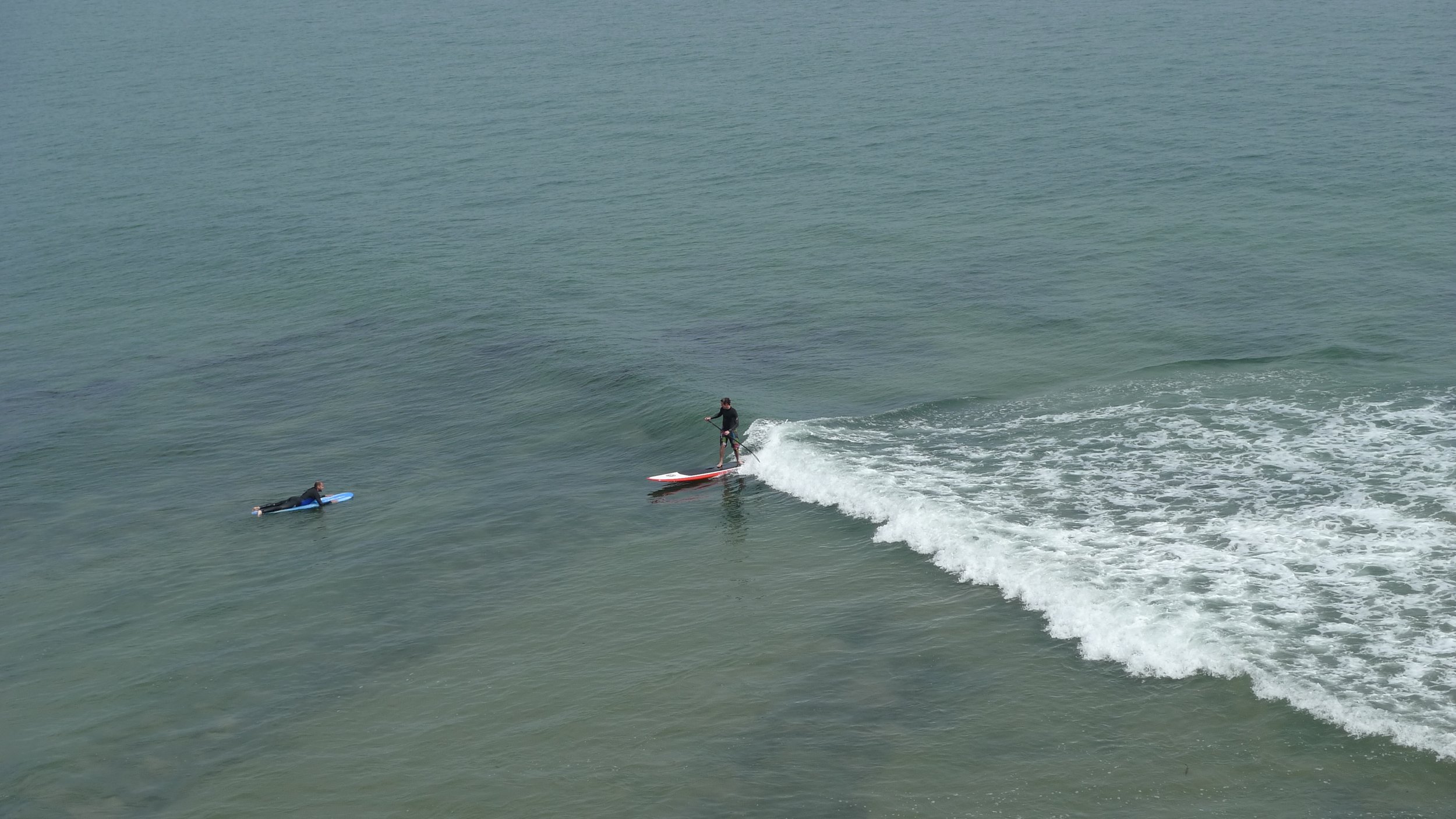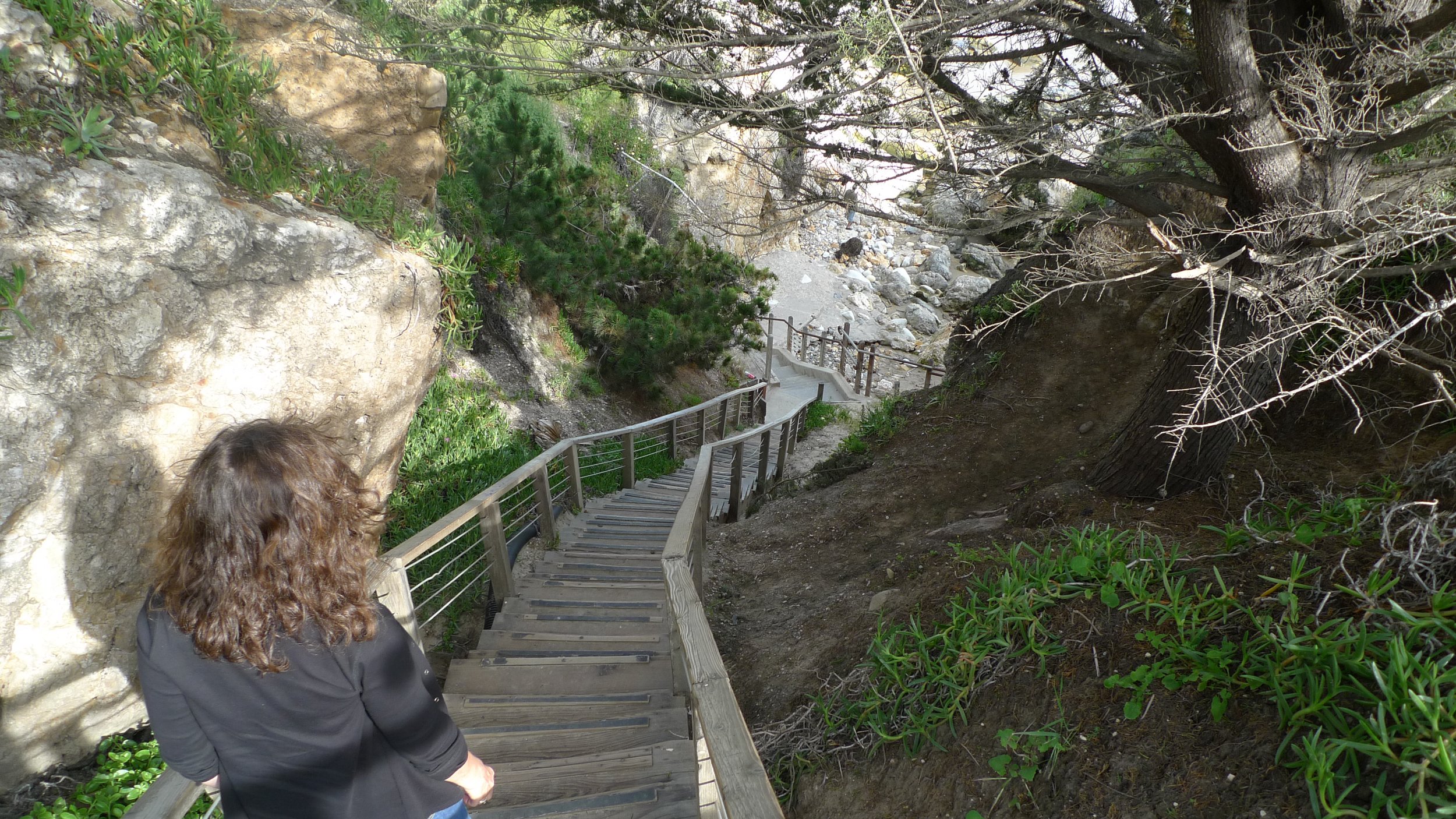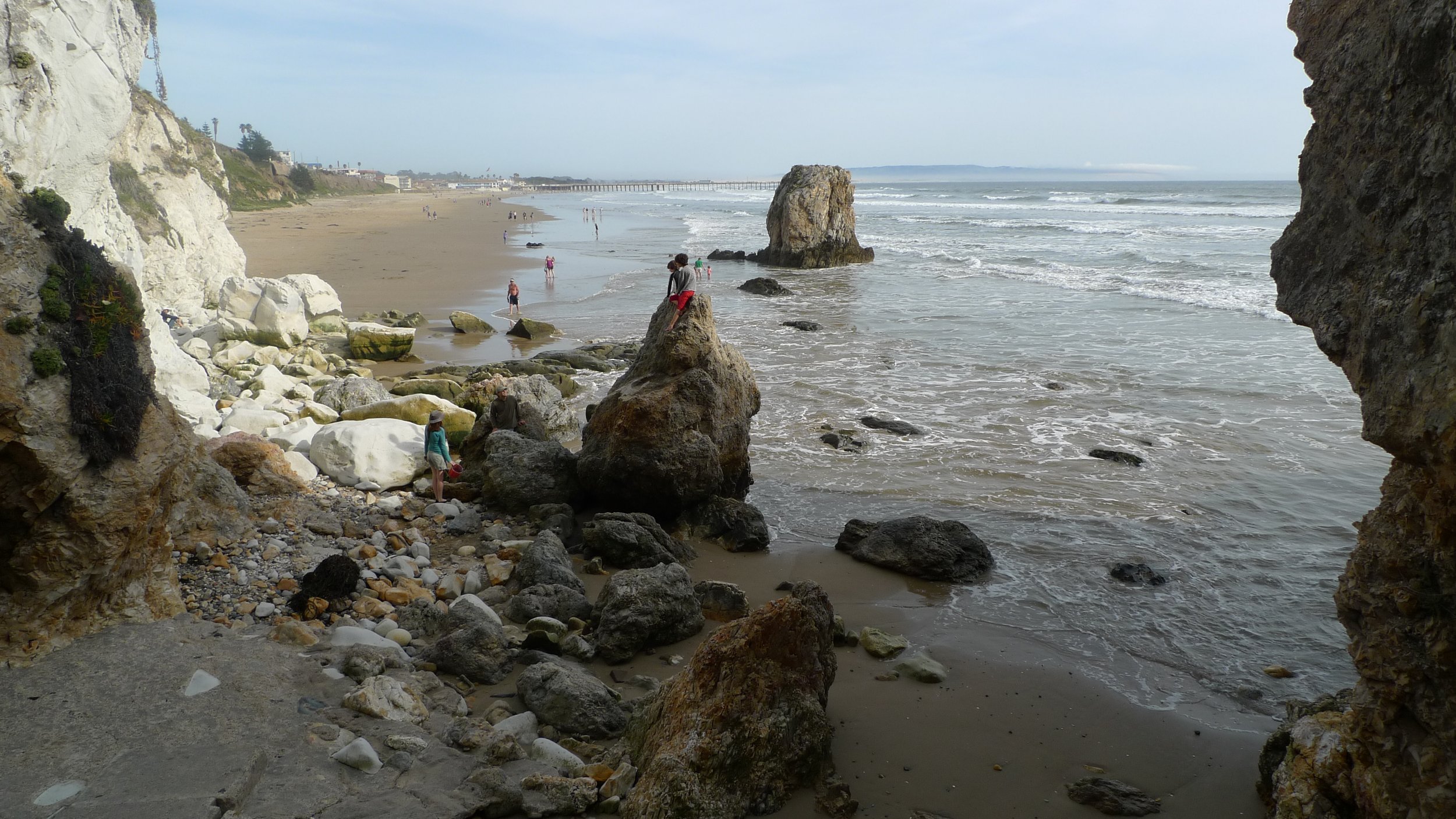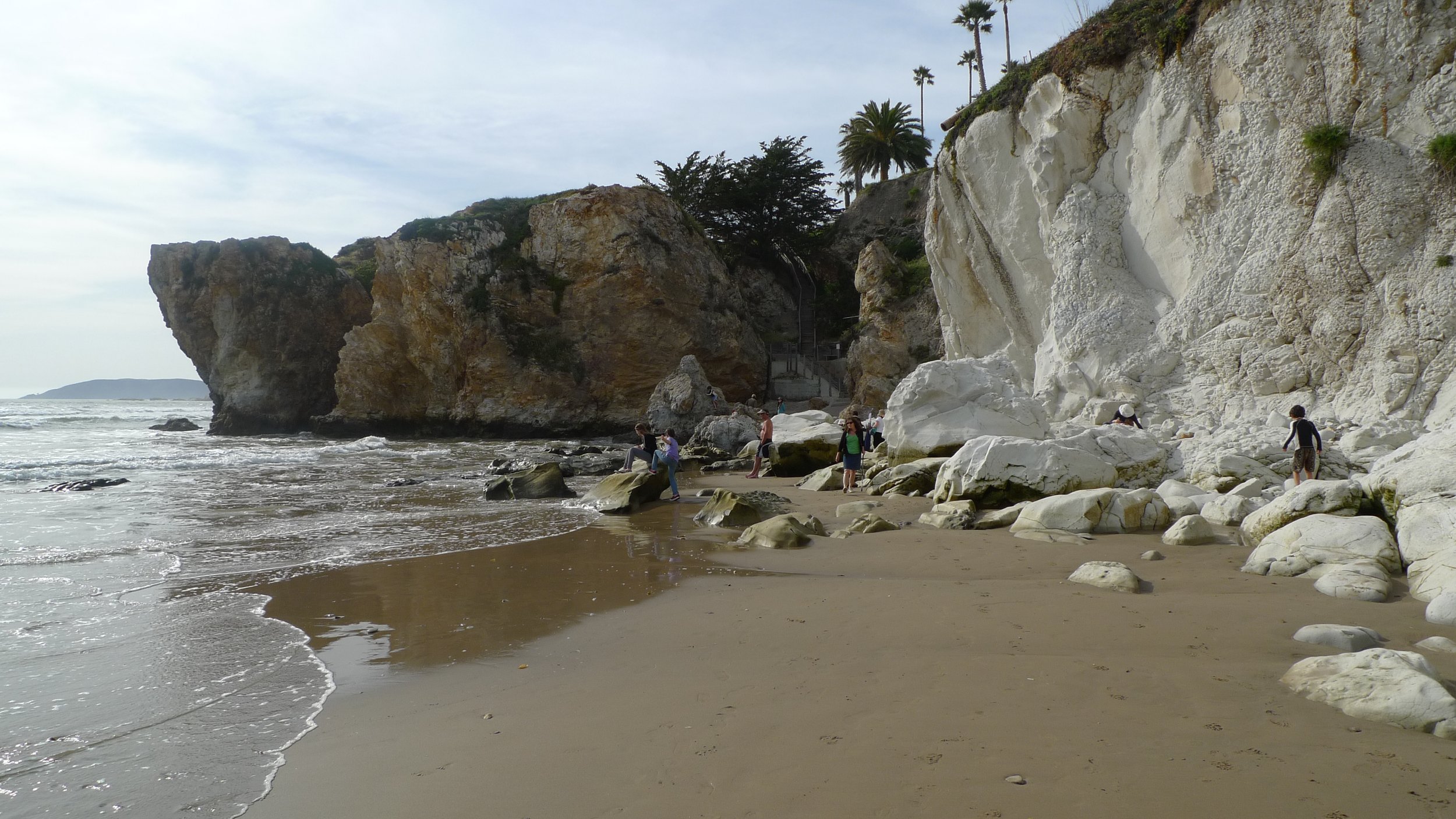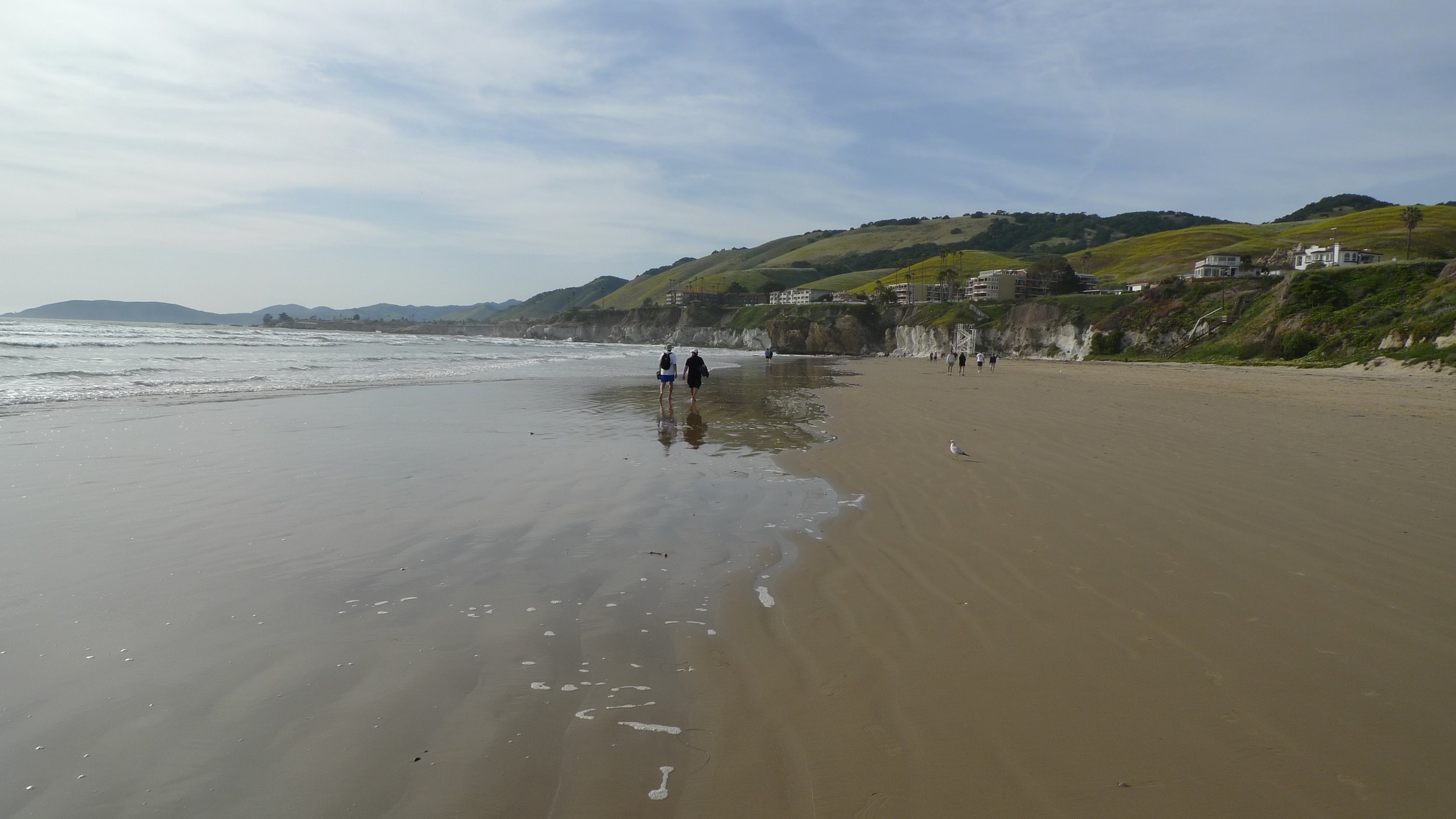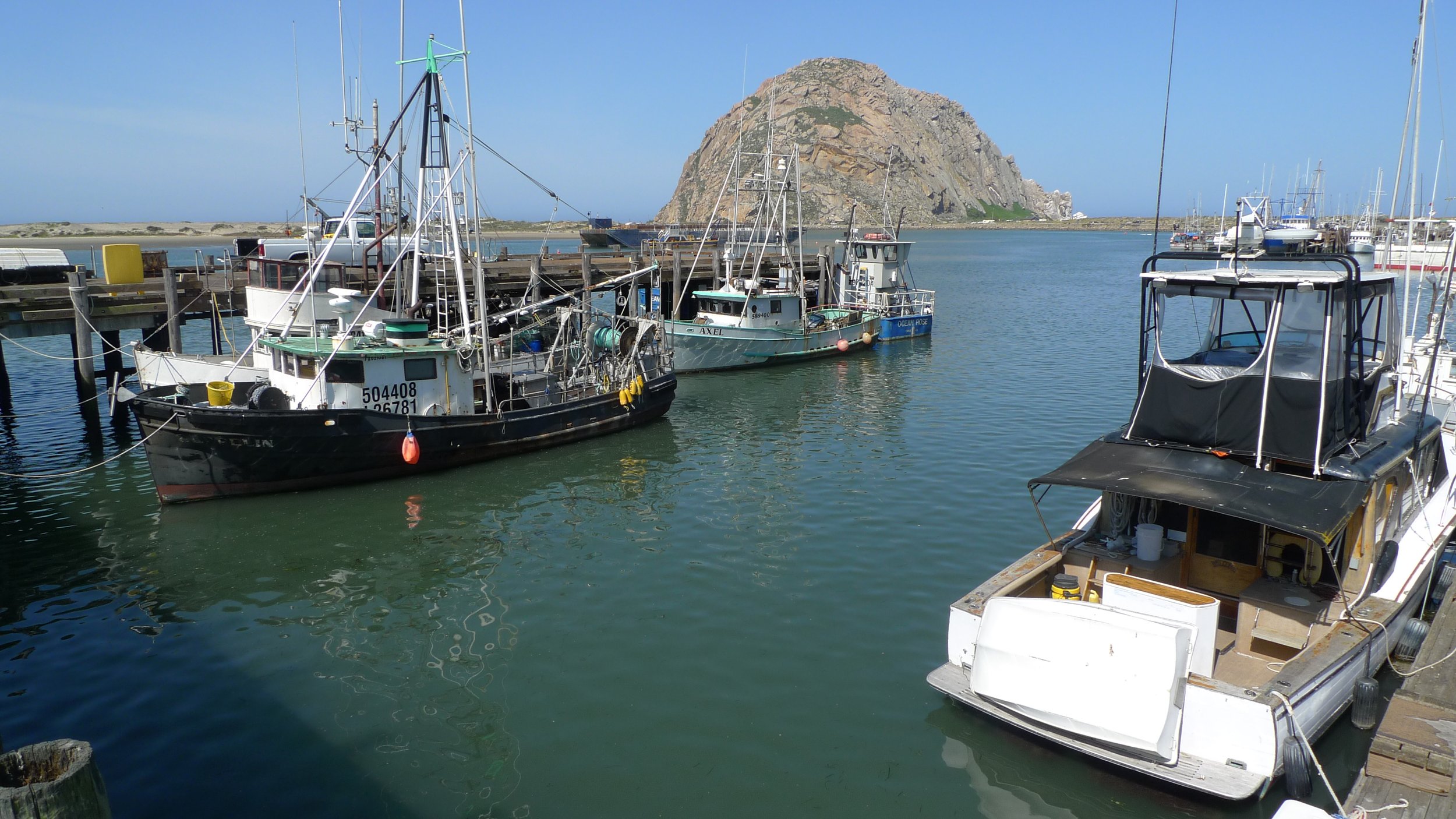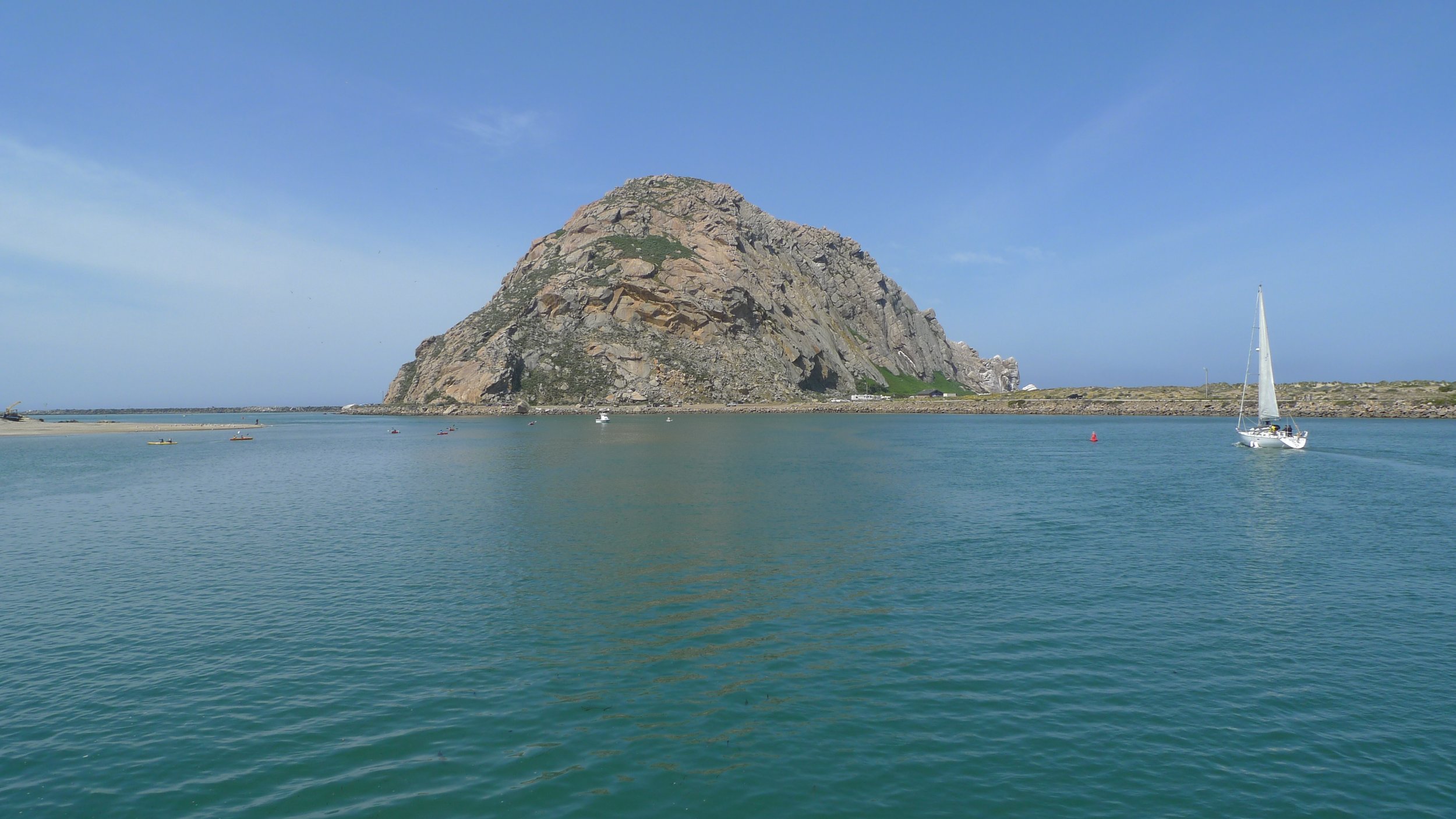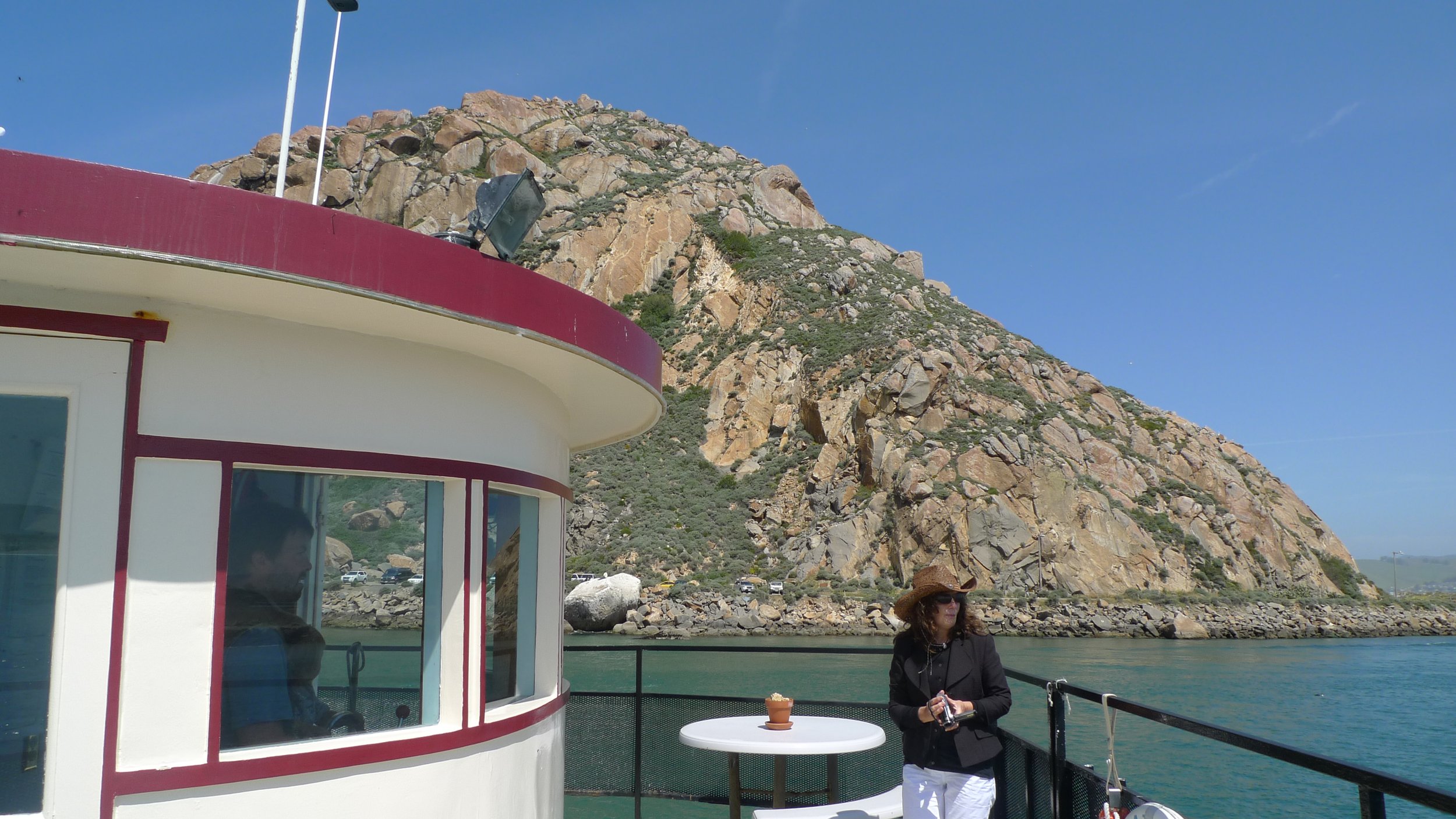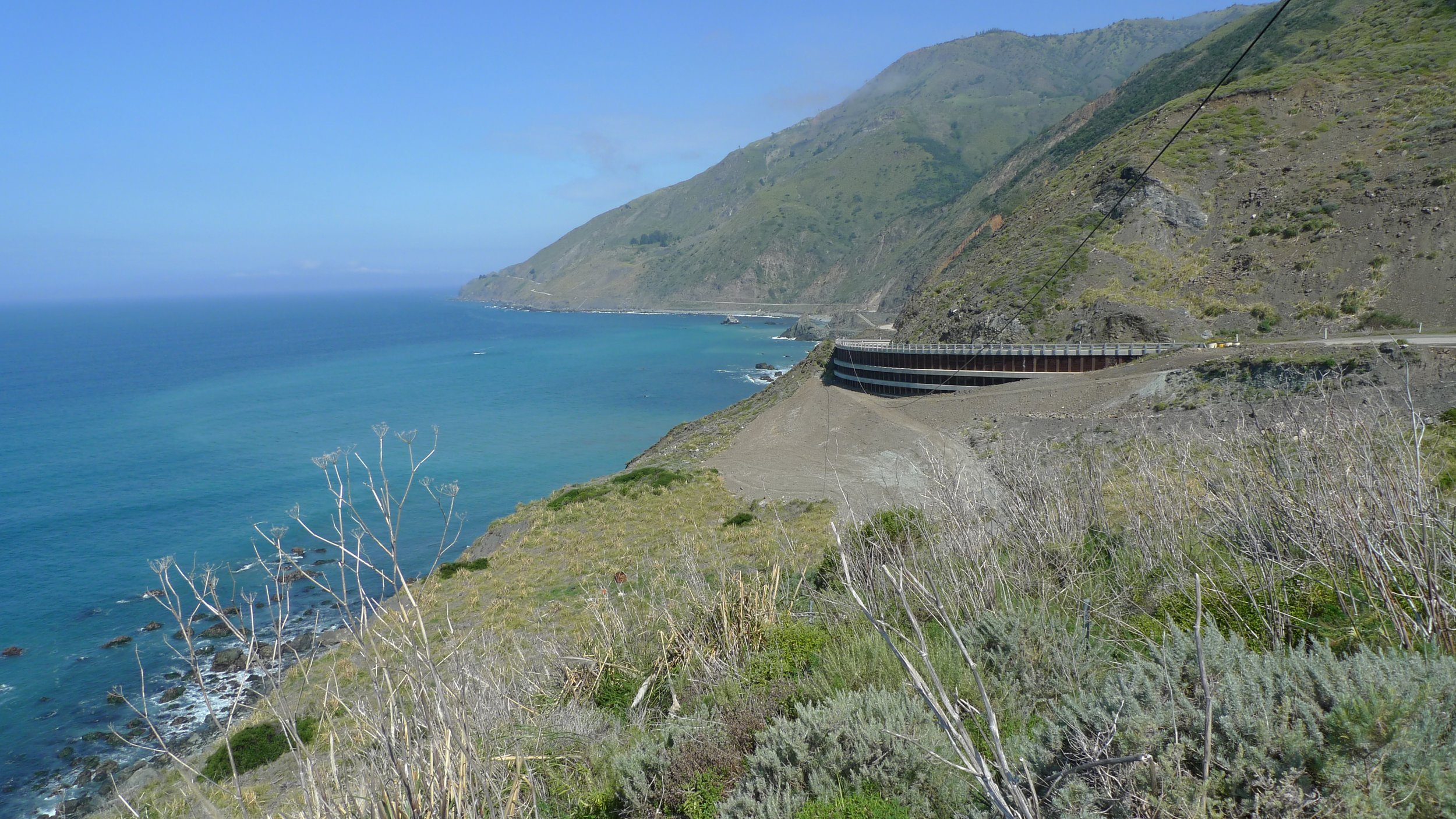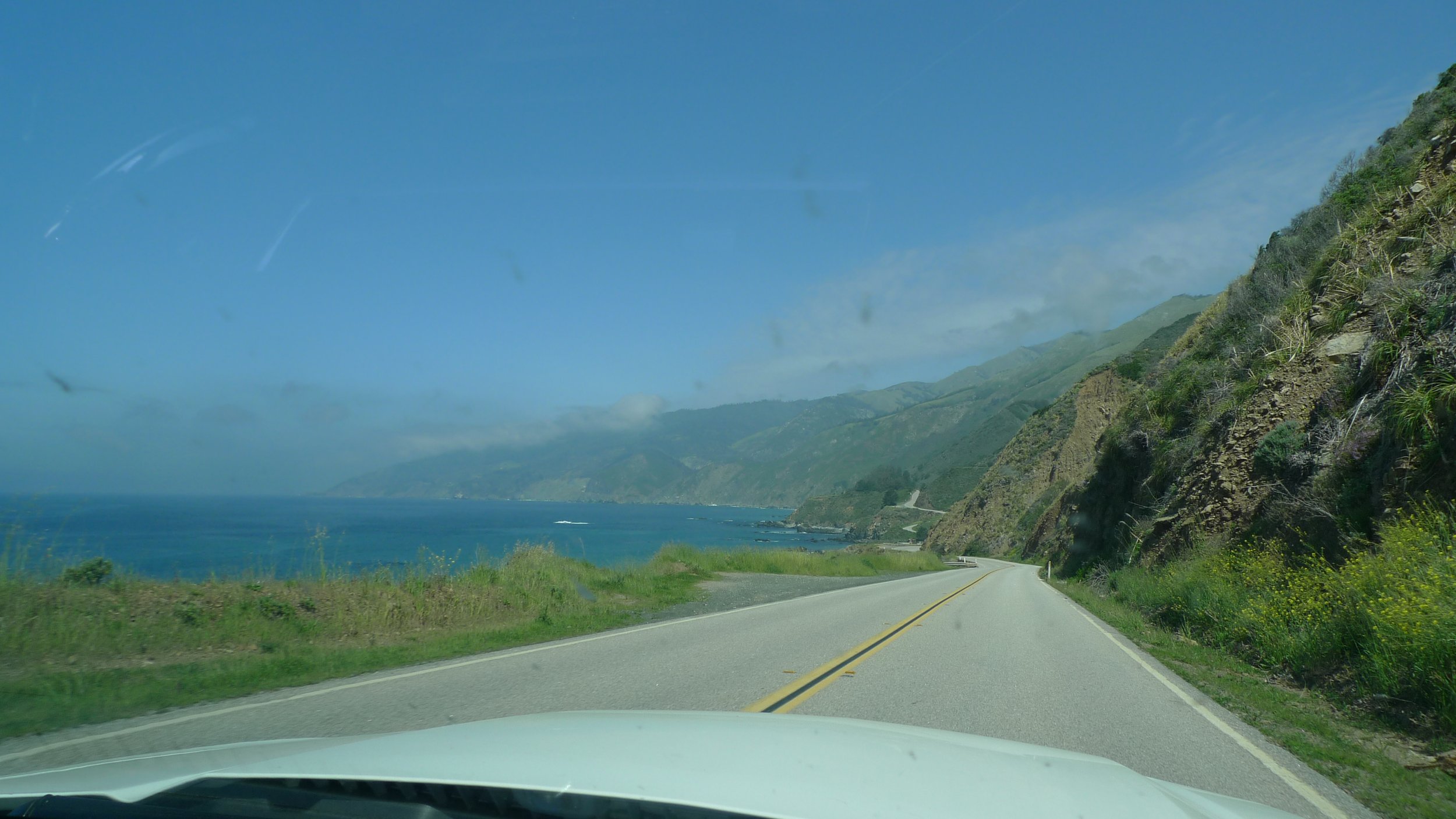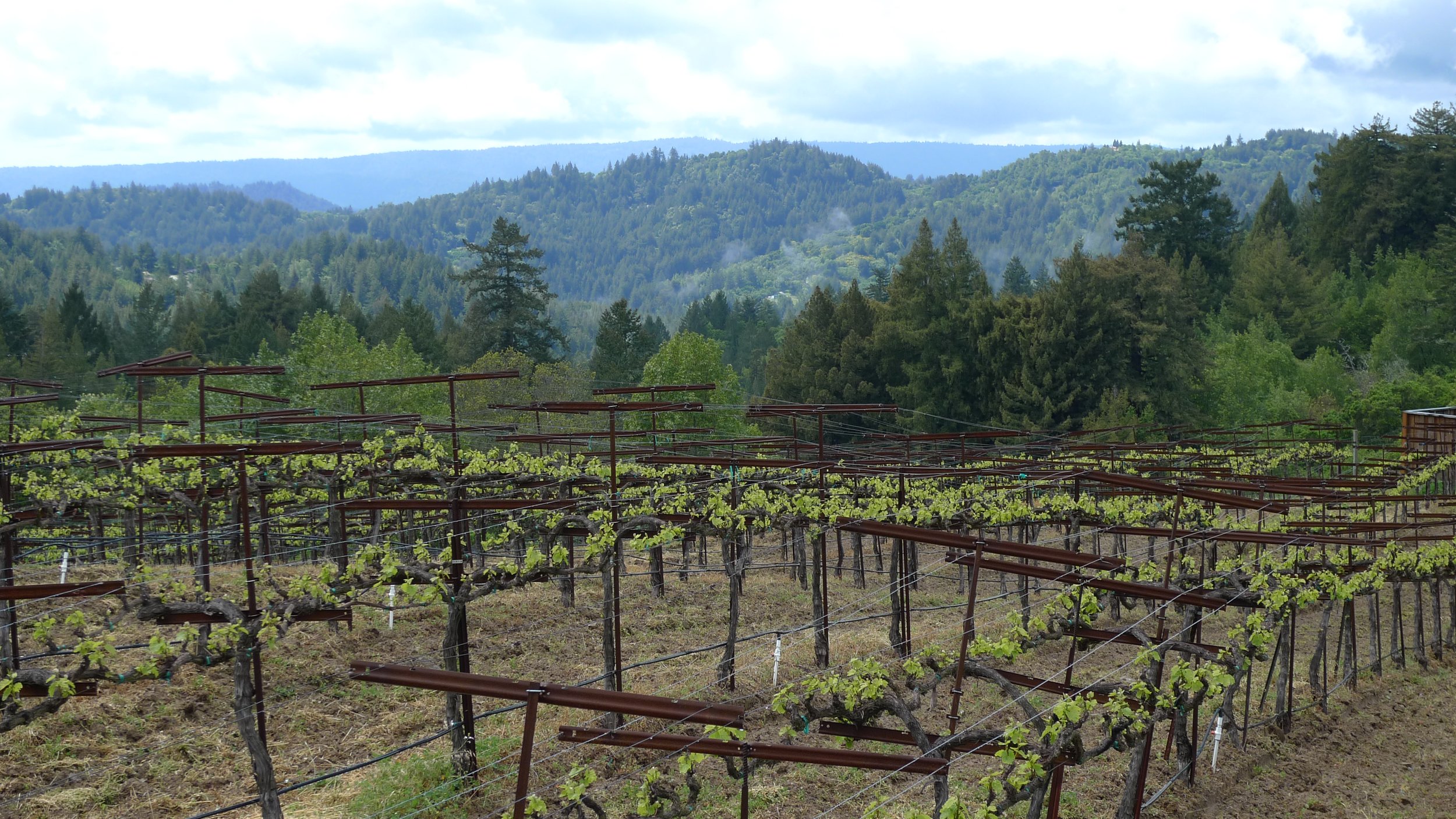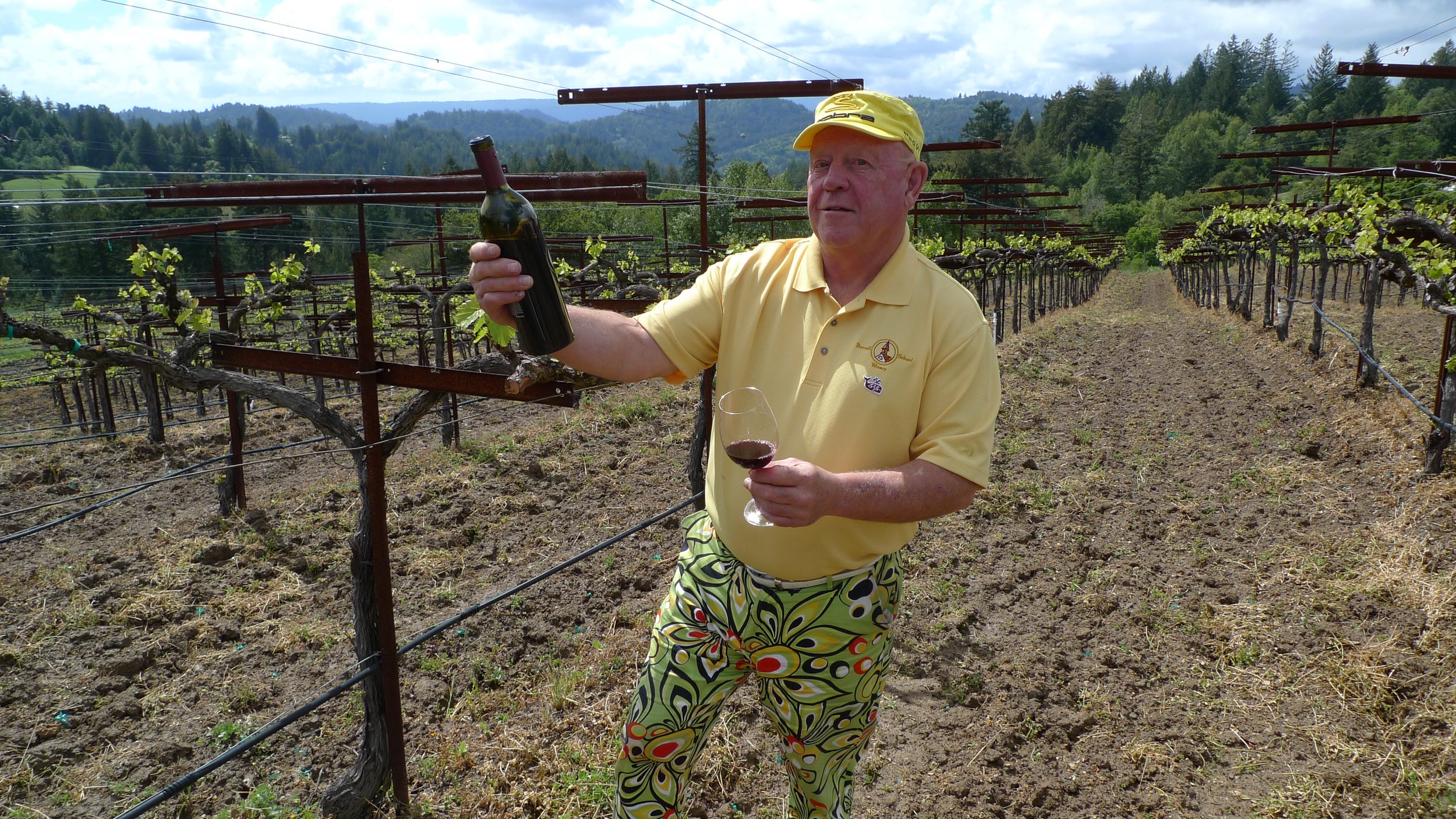California - As I Like It - 2
Travel is a word laden with ambition. There are so many places and things to experience on this amazing planet of ours that one of the only ways of thinking about how to enjoy a fraction of what’s out there is to put together a wish-list of things you really must see and do.
Driving Highway One along the Pacific Coast from Los Angeles to San Francisco is up there in many people’s Top 10 – it’s been on mine ever since I read Steinbeck’s Cannery Row as a boy, and now I’ve done the journey I can vouch that it deserves a place in anyone’s wish-list.
Big Sur is the big highlight. It’s 90 miles of nothing but pristine natural glory with hardly a village, let alone a town, to mess up the magical mountain-meets ocean feeling you get every panoramic inch of the way.
The name comes from the Spanish “el sur grande”, meaning “the big south” – and it is big beyond any measure we Westcountry folk can imagine. The nearest we have to it is the Exmoor coast, but its modest length seems to pale somewhat after you’ve driven all day from the town of San Luis Obispo to the coastal resort of Carmel.
We started our Highway One journey far from all that in crazy, not so wonderful to drive in, Los Angeles. Once you leave Santa Monica, though, it’s easy motoring with ocean views just about all the way.
First port of call is Malibu where the highway passes the beach homes of movie stars - then there’s Ventura where you see the kind of folk who are at the opposite end of the social scale. Teams of immigrants from Mexico and South America are dotted across the alluvial plain picking and planting strawberries. From the comfort of your open top car you can smell the fruit and feel guilty about being a paid up member of a First World economy.
Things get altogether more scenic and hilly as you approach Santa Barbara, which must be one of the most civilised and lovely communities on the planet and is a perfect place in which to stop off lunch on the journey north.
Next comes San Luis Obispo – another pleasant burg – but we chose nearby Pizmo Beach for our two night stay so that we could explore this beautiful area.
There are three sides to this seaside resort – one is the long golden beach with its surf, the second is the kind of holiday town you might find Homer Simpson in, (think down-market fast-food joints, tattoo parlours and bars) but hugely enjoyable nevertheless, the third is a more upmarket area of good hotels with stunning sea views.
We stayed for a couple of nights in the latter at the Sea Crest Resort where we could whale-watch from our comfortable and airy suite perched above the ocean.
And to really forget Homer quaffing Duff Beer we drove up the coast a few miles one evening to the sumptuous Sycamore Mineral Springs tucked behind Avila Beach, where we enjoyed fine dining in the modern Californian style followed by a few moonlit hours in our own private hot-tub (amazingly hot) on the side of the mountain.
The hot-tubs have a history: in 1886 two prospectors started drilling for “liquid gold” here - they didn’t find any but they did discover scalding hot sulphur mineral water. Because of the water's curative effects, the proprietors established a popular spa and mineral springs resort.
Sunday morning in this area can mean many things to many people, the whole of California seems to be out in the great outdoors - and one of the most scenic and interesting bits of that outdoors is Morro Bay, which acts as San Luis Obispo’s small port.
There’s no better way to explore this large natural harbour than by joining the Chablis - a 50-foot, two-story riverboat that plods across the gentle protected waters of the bay while staff serve a huge champagne breakfast.
From your table on the upper deck you can admire the town’s most striking feature - Morro Rock is an enormous 500 foot high volcanic plug that dominates the entrance to the harbour.
I liked Morro Bay so much I bought a baseball cap to prove I’d been there. Actually it was to keep the hot Californian sun off my head during the next long stage of our drive – but we didn’t head off north without doing the guided San Luis Obispo walking tour.
Founded in 1772 “SLO”, or “SLOtown”, as it’s known locally, is one of California’s oldest communities and the walking tour gives a good idea as to how this part of the State become colonised. SLO’s pleasant lo-rise streets (there’s a reason for low – think earthquakes) act as a kind of gateway to Big Sur.
This is where Highway One leaves the much bigger more busy 101 to reach the coast beyond Morro Bay, which it then more or less adheres to all the way to Carmel and Monterey far to the north.
After you pass San Simeon (location of famous Hearst Castle) you reach the Santa Lucia Mountains which make up the terra-firma bit of Big Sur’s marriage made in heaven. Mountain and ocean – I can’t think of a more exciting geographic combination. At least, it’s esciting to a tourist – the place must be a nightmare for the road-menders who constantly have to work on Highway One after bits fall into the sea.
Big Sur is one of central California’s least messed-about with zones, for centuries it remained an inaccessible wilderness - as late as the 1920s, only two homes in the entire region had electricity - but the area changed when, after 18 years of construction, the paved two-lane road was completed in 1937.
Fortunately, the locals had the good sense to jealously guard the wild integrity of the place after that and still fight tooth and nail to keep this more or less virgin territory. For example, the local authority won a landmark court case allowing it to ban billboards and other visual roadside distractions – sadly that’s a rare state of affairs in the USA.
The isolation and natural beauty of Big Sur has attracted all manner of iconic American writers and artists - Henry Miller, Richard Brautigan, Hunter S. Thompson and Jack Kerouac, among them.
It is pointless trying to describe the sheer grandeur of the drive – suffice to say if there was just one single thing in all of North America I’d recommend, motoring up Big Sur would be it.
Eventually you reach Carmel, which is beautiful, quiet and charming – and as such is a place where very discerning, very rich people, go to live. Clint Eastwood was mayor for several years and still lives just outside town now. Even visiting Carmel costs – if you want to drive around the amazing coastal back road to Monterey, you pay a toll.
I’ve written about the delights of John Steinbeck’s favourite fishing port on another occasion, so we’ll skip Monterey this time and drive 40 miles north around the bay to wonderful, dreamy, Santa Cruz.
So fond am I of this town and its surrounding area that if I didn’t live in my beloved English Westcountry, this is where I’d put down roots. Imagine a pleasant university community blessed with some of the best surfing beaches anywhere, backed by beautiful wooded hills where they grow grapes that go into the mind-bogglingly good local wines.
We spent our first night at the Santa Cruz Dream Inn, which is actually just that – a dream inn rising high above the town’s central beach – which in turn happens to be one of the best novice surf beaches in the world. Our room in this luxurious multi-storey hotel had stunning views across the famous old town pier – beyond which we could see the entire curve of massive Monterey Bay.
How do I know its one of the best nursery surf beaches in the world? Because super-cool Ed Guzman told me so. Ed owns Club Ed and has designed special wide long boards for idiot learners like me - and he showed me how, because of the contours of the sea bed, big waves arrive an easy-to-ride slow-motion.
The next night we stayed in a charming little B&B called Adobe on Green Street. Comfortable and welcoming, this is an ideal place in which to base yourself for an inexpensive exploration of this unique area.
Our adventures included a tour of the scenic Summit Wine Trail and an inevitable wine tasting at the excellent Burrell School Winery.
We also went sea-kayaking in a bird, seal, sealion and otter filled estuary at a place called Moss Landing, just down the coast.
After an enjoyable paddle-powered safari with the guide from Kayak Connection we discovered the harbour’s excellent Phil’s Fish Market – which I’m told, and now believe, is one of the best seafood joints along the whole of the Californian coast.
And so after yet more oysters, lobster and wine it was eventually time to drive the last 60 miles north to San Francisco Airport having enjoyed a two-week Californian adventure that definitely fits into the “trip-of-a-lifetime” category. Which is of course where all really good holidays belong.
Fact file
Martin travelled with America As You Like It who offer tailor-made holidays across the USA (www.americaasyoulikeit.com .



